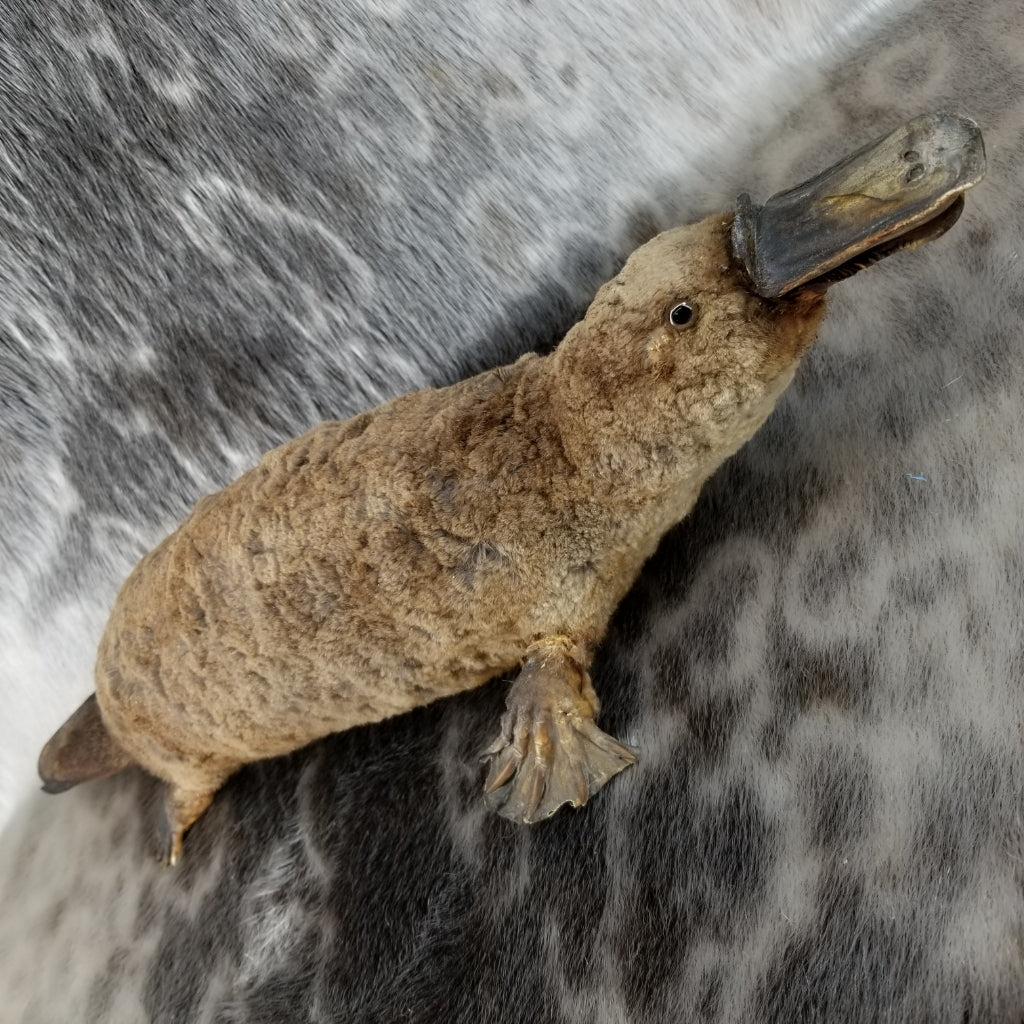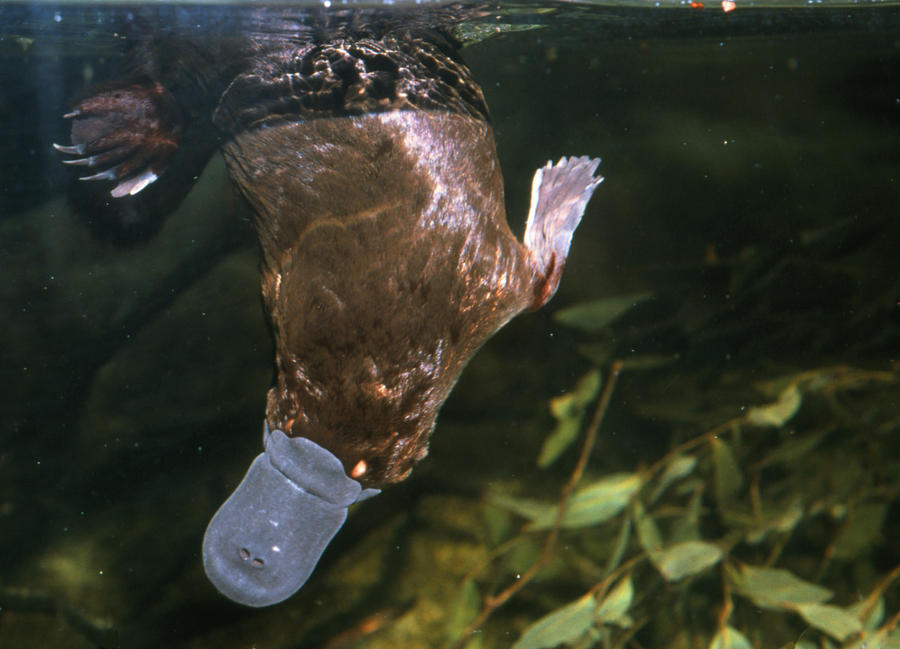
Learn more about the senses of different species in our new exhibition Our Senses: An Immersive Experience. Platypus The platypus ( Ornithorhynchus anatinus ), 3 sometimes referred to as the duck-billed platypus, is a semiaquatic, egg-laying mammal endemic to eastern Australia, including Tasmania.

This species, which is found in dry habitats, has what researchers think is “no more than a remnant of this sensory system.” T-shirts, posters, stickers, home decor, and more, designed and sold by independent. Echidna species have anywhere from 2,000 to as few as 400, as is the case with the short-billed echidna. High quality Duck Billed Platypus-inspired gifts and merchandise. Find Duck billed platypus stock images in HD and millions of other royalty-free stock photos, illustrations and vectors in the Shutterstock collection. The animal is best described as a hodgepodge of. In fact, the first scientists to examine a specimen believed they were the victims of a hoax.
#Duck billed platypus skin#
The platypus may not be the only monotreme with electroreception, but its sensory structures are the most complex.Ībout 40,000 specialized electroreceptor skin cells are arranged in stripes on the top and underside of its bill. The platypus is among natures most unlikely animals. Using a side-to-side motion of its head, the platypus gauges the direction and distance of its next meal by collecting, and combining, these flows of sensory information.
#Duck billed platypus download#
Download royalty-free stock photos, vectors. Push-rod mechanoreceptors on the bill detect changes in pressure and motion, while two types of electroreceptors track the electrical signals produced by the muscular contractions of the small prey. Search from thousands of royalty-free Duck Billed Platypus stock images and video for your next project.


Platypuses use thousands of mechanoreceptors and electroreceptors in their bill skin to hunt prey in murky rivers and streams.


 0 kommentar(er)
0 kommentar(er)
